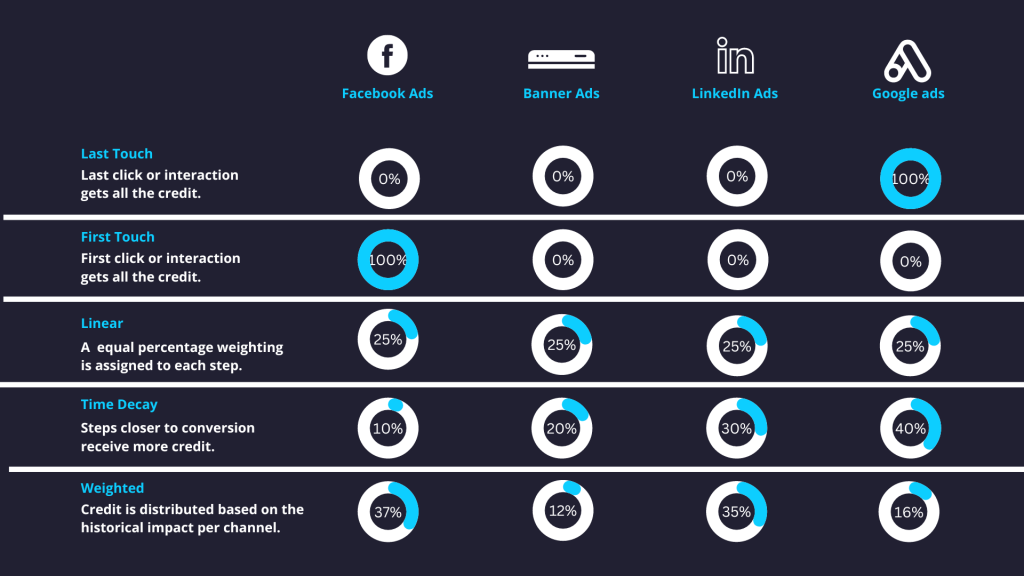Attribution In The Privacy Era
Attribution is the process of assigning core business entities (i.e. users, orders, leads, etc.) to a marketing provenance (i.e. source, campaign, ad, placement, etc.). It is what gives credit to a specific touch point for a conversion and therefore enables you to understand the performance of your marketing efforts, including how much money you are getting in return.
Solid attribution is really the core of successful marketing analytics efforts, especially in these modern times where privacy is becoming prevalent. As a result, in order to maintain good performance visibility, you absolutely need to take back ownership of your own attribution.
Taking Back Control: First Party Data
In order to have solid attribution mechanisms that do not suffer from privacy gaps, you need to ensure your attribution is moved back to your first party data. What that effectively means is that you should be able to link your core internal ids (e.g. user_id, order_id, lead_id) to the marketing activity that resulted in its acquisition.
For this, you need to take back ownership of the tracking. For web, this implies setting up event collection tools such as GA4 or Snowplow. For apps, you will need to rely on a Mobile Measurement Partner (MMP). These tracking providers will enable you to collect the right data in order to connect your first party data to its marketing source, hence facilitating all the reporting we mentioned above – and much more!
Privacy & Mixing Probabilistic & Deterministic Models
The era where everything was trackable is long gone! New privacy measures are impacting both web and app flows and mean that you cannot have full visibility of marketing provenance across all your user base. And this is fine. On web, third party cookies are being deprecated across all browsers. On app, iOS14.5 and above does not allow direct tracking unless users consent. All these impact your attribution, however this doesn’t mean you cannot do anything about it.
The best approach in this new context where you have “partial” information is to combine “deterministic” (you know exactly the performance) and “probabilistic” (you estimate the performance) models in order to assess your overall marketing performance. Effectively all activity that can be tracked is measured with a deterministic approach, all activity that cannot be tracked (e.g. non-consented users), is corrected using statistical methodologies in order to estimate the performance. This combination of both approaches is what you need in order still have a good evaluation of the performance of your marketing activity.
Different Attribution Models
Controlling your attribution also has the main benefit that you can craft your attribution mechanisms as you want them. You can perform analyses in order to understand which model is best suited to your business. Can you use a last click attribution model or this too simplistic? Do you need to go into more sophisticated models such as weighted attribution models?
By taking back control of your own attribution you control all the parameters, such as what you want the attribution window to be, and much more. This means you can ensure the attribution really represents the behaviour of your users / customers, like it should.

The Privacy Balancing Act
Privacy is a key concern to customers that is not going to go away and many brands are forced to try and find a compromise between ensuring privacy whilst also trying to develop personalised experiences. Attribution is key to marketers not only in showing the ROI from activity but in helping them optimise and plan for the future.
If you’re looking to ensure accurate attribution across your channels in a privacy-friendly way, why not get in touch with 173tech today?


